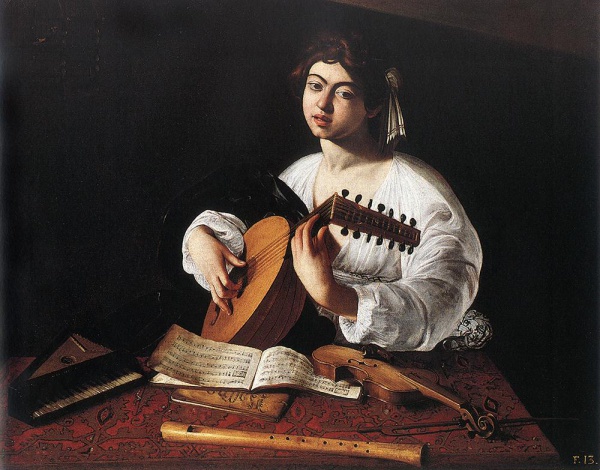Facts About The Lute Player
"The Lute Player" is a remarkable Baroque painting by the esteemed Italian artist Caravaggio. Initially known in two versions—one residing in the Wildenstein Collection and the other in the Hermitage Museum—a third version from Badminton House emerged in 2007. This artwork depicts a young boy absorbed in playing the lute and singing a madrigal about love, framed by a still life of musical instruments, fruit, and flowers.
Each version of the painting incorporates different musical instruments and excerpts from various composers, adding unique nuances to the overarching theme of transience and mortality. This theme is further accentuated by the portrayal of blemished fruit and a cracked lute, symbolizing the ephemeral nature of love. The model for the painting is believed to be either Pedro Montoya or Caravaggio's close associate, Mario Minniti.
One of the standout features of "The Lute Player" is Caravaggio's revolutionary use of light, a technique lauded by his contemporary, Giulio Mancini. The artist's meticulous depiction of refracted light and detailed rendering of the still life elements underscore his mastery of chiaroscuro. The variations in detail and lighting across the three versions have provoked ongoing scholarly debate regarding their attribution.
The painting also reflects the interests of Caravaggio's patrons, who were enamored with music, alchemy, and natural philosophy. The symbolism in the artwork, such as the selection of flowers and fruit, echoes the prevailing beliefs and philosophies of the era. It is believed that the painting was intended to be displayed in a specific room in Cardinal Del Monte's palace, thus harmonizing with other artworks and themes prevalent in that space.

 Lithuania
Lithuania